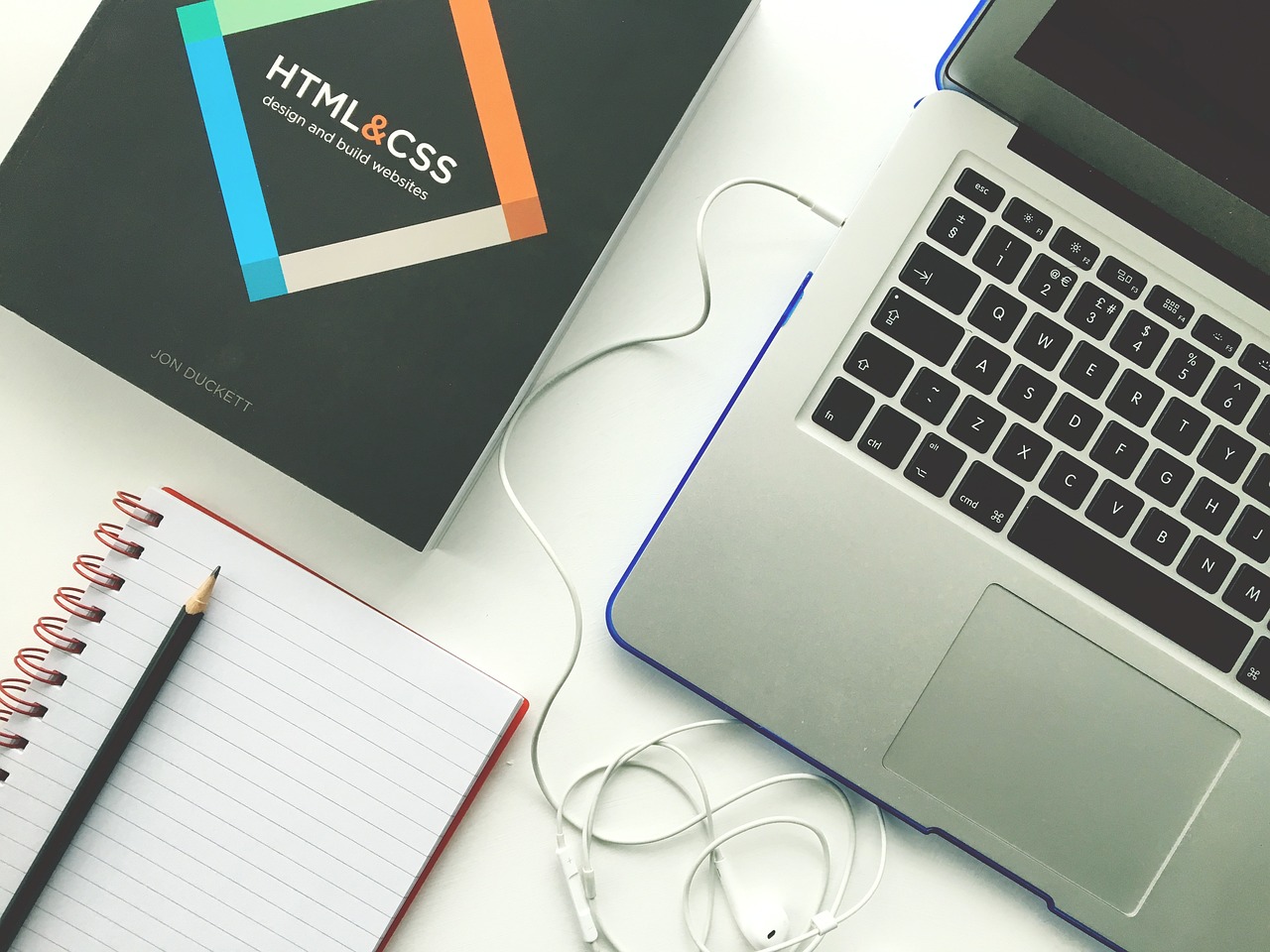
The Future of Interactive Web Design: CSS Animation Libraries for Immersive Experiences
- Post
- August 9, 2023
- CSS Animation Libraries, Front-End Frameworks, Web Development
- 0 Comments
In the ever-evolving landscape of web design, CSS animation libraries are emerging as powerful tools that offer designers and developers the means to craft captivating and immersive digital experiences. Leveraging the prowess of CSS and JavaScript animation libraries, these innovations are reshaping the way we engage with websites and applications. Let’s delve into the captivating world of CSS animation libraries, their impact on web design, and how they are poised to shape the future of interactive online experiences.
Crafting Dynamic Visual Narratives with CSS Animation Libraries
CSS animation libraries have unleashed a new realm of creative possibilities for designers. Through intuitive interfaces and pre-built animations, these libraries empower designers to weave dynamic visual narratives that captivate users from the moment they land on a webpage. By deftly choreographing elements, transitions, and interactions, designers can convey messages, evoke emotions, and guide user journeys in unprecedented ways.
The Fusion of Aesthetics and Performance
In the pursuit of seamless user experiences, performance is paramount. CSS animation libraries strike an exquisite balance between aesthetics and performance, enabling the creation of visually stunning websites that load swiftly and function flawlessly across devices. By harnessing hardware acceleration and optimizing animations, these libraries minimize jank and latency, ensuring that users remain immersed in the experience without interruptions.
Elevating User Engagement and Interaction
Interactivity lies at the heart of modern web design, and CSS animation libraries are its driving force. The fluid animations and micro-interactions facilitated by these libraries breathe life into static elements, enticing users to engage and explore. Hover effects, scroll animations, and interactive user interfaces transform browsing from a passive activity into an engaging, two-way conversation.
Bridging the Knowledge Gap with Accessibility
Inclusive design is a cornerstone of the contemporary digital landscape. CSS animation libraries contribute to this ethos by making complex animations accessible to a wider audience. Through the integration of ARIA roles and attributes, as well as careful consideration of timing and motion, designers can ensure that interactive animations are perceivable and navigable by all users, including those with disabilities.
The SEO Advantage: Balancing Creativity and Crawlers
While dazzling animations are captivating, they must also be SEO-friendly. CSS animation libraries enable designers to strike the delicate balance between visual appeal and search engine optimization. By structuring animations with semantic HTML and optimizing for performance, websites can maintain their ranking prowess in search engine results pages, driving organic traffic while delivering immersive experiences.
Responsive Design in the Age of Animation
Responsive design remains a cornerstone of modern web development, and CSS animation libraries seamlessly integrate into this paradigm. With CSS media queries and adaptable animations, designers can ensure that their creations dazzle across a spectrum of devices and screen sizes, preserving the magic of animation regardless of the user’s context.
Harnessing the Power of Free Animation Libraries
The realm of CSS animation libraries is abundant with options, including noteworthy free libraries that empower designers with incredible capabilities. These libraries, such as Animate.css and Magic Animations, provide a treasure trove of pre-designed animations that can be effortlessly integrated into projects, expediting the development process while adding a touch of enchantment.
Embracing JavaScript for Richer Animations
While CSS animation libraries hold sway, the symbiotic relationship with JavaScript animation libraries must not be overlooked. JavaScript, with its programming capabilities, allows for the creation of intricate and sophisticated animations that transcend the limitations of CSS alone. Libraries like GreenSock (GSAP) empower developers to craft bespoke animations that push the boundaries of web interactivity.
Future Horizons: From Microinteractions to AR
The evolution of CSS animation libraries is an ongoing saga, poised to unfold exciting chapters in web design. From microinteractions that anticipate user actions to augmented reality experiences that blur the lines between the digital and physical realms, CSS animation libraries are at the vanguard of innovation. As technology advances, these libraries will play an instrumental role in shaping the immersive experiences of tomorrow.
Final Words
In the tapestry of interactive web design, CSS animation libraries are the threads that weave creativity, interactivity, and performance into a harmonious symphony. By seamlessly blending aesthetics and functionality, these libraries empower designers and developers to craft immersive digital experiences that captivate and engage users across the digital landscape.
Commonly Asked Questions
Q1: Are CSS animation libraries compatible with all web browsers?
Yes, most modern CSS animation libraries are designed to be compatible with a wide range of web browsers, ensuring consistent experiences for users regardless of their browser preferences.
Q2: How can CSS animation libraries improve website accessibility?
CSS animation libraries can enhance website accessibility by adhering to best practices such as incorporating ARIA roles and attributes, optimizing animation timing, and ensuring animations can be paused or disabled, catering to users with disabilities.
Q3: Can CSS animation libraries impact website loading speed?
When used judiciously and optimized for performance, CSS animation libraries can enhance website loading speed by leveraging hardware acceleration and minimizing resource-intensive animations.
Q4: Are JavaScript animation libraries more powerful than CSS animation libraries?
JavaScript animation libraries, such as GSAP, offer greater programming capabilities and can create more intricate animations than CSS alone. However, CSS animation libraries are user-friendly and provide a quick way to add animations without extensive coding.
Q5: How can I choose the right animation library for my project?
When selecting an animation library, consider factors such as the types of animations you require, the level of customization needed, browser compatibility, and the library’s community support and documentation.




